Dinner
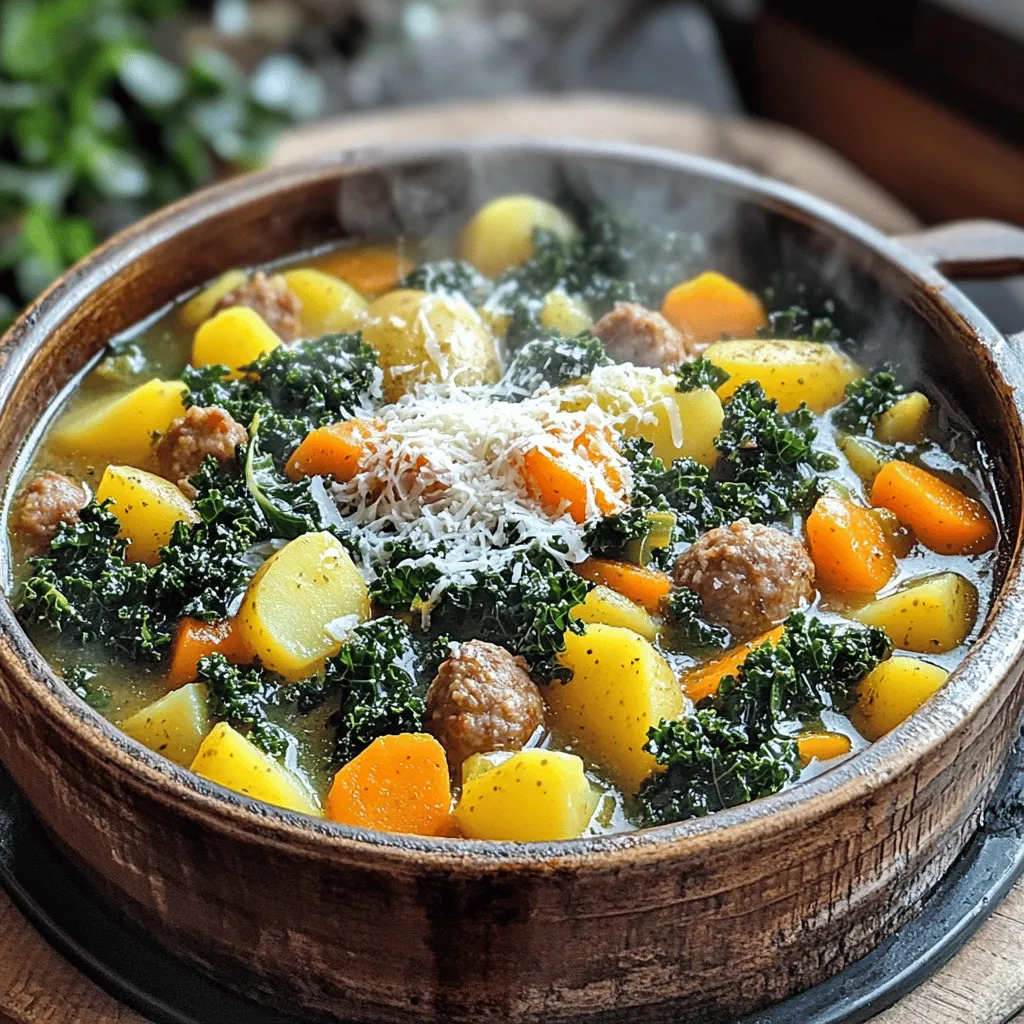
Sausage Potato Kale Soup Hearty and Comforting Meal
Looking for a warm and filling meal? I have just the recipe for you! This Sausage Potato Kale Soup combines hearty sausage, tender potatoes, and
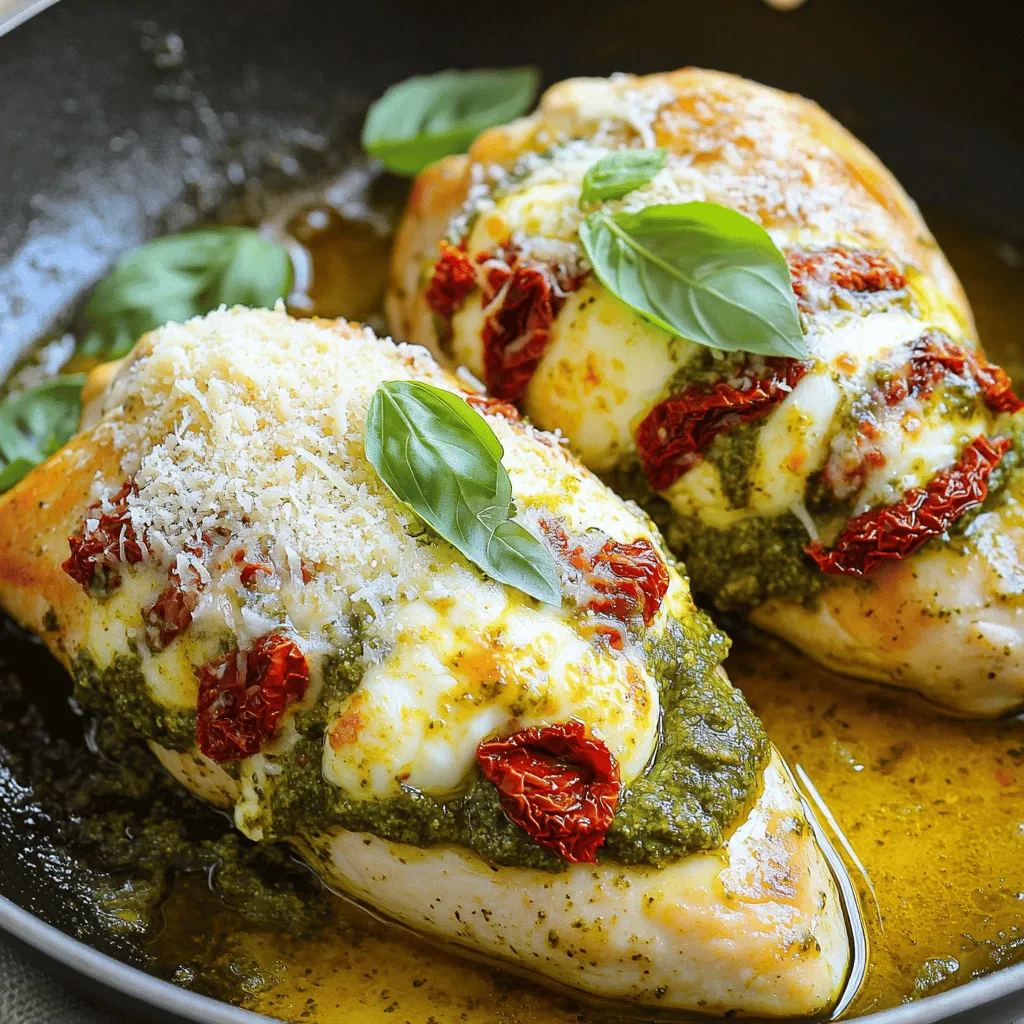
Pesto Mozzarella Stuffed Chicken Flavorful Dinner Idea
Looking for a simple yet flavorful dinner that will impress? Pesto Mozzarella Stuffed Chicken is the answer. With juicy chicken breasts filled with creamy mozzarella
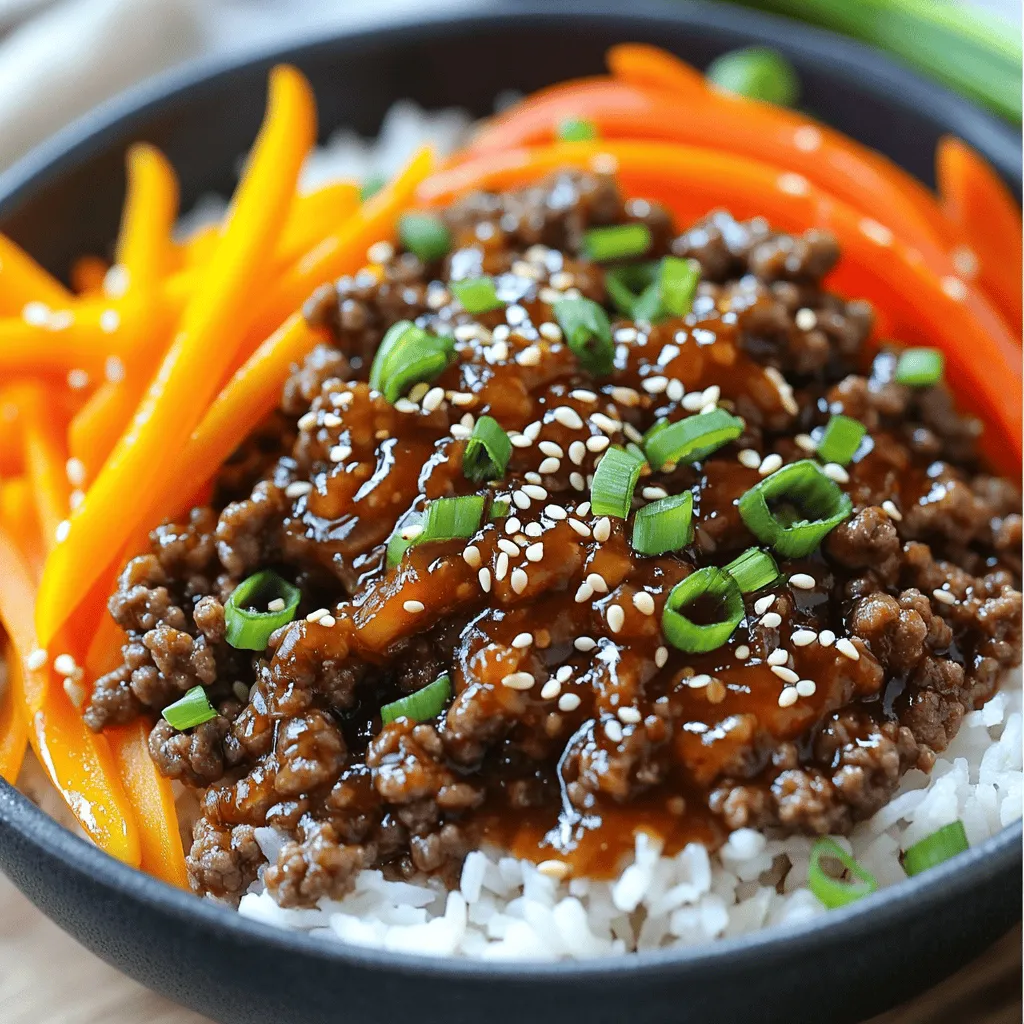
Spicy Korean Beef Bowls Flavorful and Quick Recipe
Are you craving a quick, flavorful meal that packs a spicy punch? Look no further! My Spicy Korean Beef Bowls are the answer. With simple
![- 2 lbs beef chuck roast, cut into bite-sized pieces - 1 medium onion, diced - 3 cloves garlic, minced - 8 oz mushrooms, sliced (button or cremini) - 4 cups beef broth - 2 tablespoons Worcestershire sauce - 1 tablespoon Dijon mustard - 1 teaspoon dried thyme - Salt and pepper to taste - 1 cup sour cream - 3 tablespoons olive oil - 3 cups egg noodles These main ingredients create a rich and tasty base for your stroganoff. The beef chuck roast gives a tender, beefy flavor. Onions and garlic add depth, while mushrooms add earthiness. The beef broth and sauces combine for a savory sauce that ties everything together. - 2 tablespoons cornstarch (optional, for thickening) - Fresh parsley, chopped for garnish You can add cornstarch if you want a thicker sauce. It helps create a nice, creamy texture. Fresh parsley adds color and brightness to your dish. - Alternatives for beef: You can use chicken or pork if you prefer. - Vegetarian options: For a meatless meal, replace beef with mushrooms or plant-based protein. These substitutions keep the recipe flexible. You can enjoy the stroganoff in various ways to suit your taste or dietary needs. For the full recipe, check out the Creamy Slow Cooker Beef Stroganoff. Start by searing the beef. Use a large skillet and heat olive oil on medium-high. Add the beef chunks in a single layer. Brown the beef on all sides. This step adds flavor. If your skillet is small, do it in batches. Once browned, move the beef to the slow cooker. Next, it's time to add the veggies. In the same skillet, toss in diced onion and minced garlic. Sauté them until the onion becomes soft and clear. This brings out their sweet taste. Add the sautéed mix to the slow cooker with the beef. Now, add sliced mushrooms right on top. For the broth, grab a mixing bowl. Combine beef broth, Worcestershire sauce, Dijon mustard, thyme, salt, and pepper. Stir it all together. Pour this mixture over the beef and veggies in the slow cooker. Now we wait! Cover the slow cooker. Set it to low for 7-8 hours or high for 4-5 hours. The longer it cooks, the more tender the beef becomes. Check the meat after the set time. It should be soft and fall apart easily. This process allows the flavors to meld together beautifully. When it's done, your kitchen will smell amazing! For the full recipe, check out the [Full Recipe]. For the best beef stroganoff, I recommend using beef chuck roast. This cut has great marbling, which makes it tender as it cooks. Cut the beef into bite-sized pieces for even cooking. Cook on low for 7-8 hours or on high for 4-5 hours. The low heat helps break down the meat fibers, making the beef super tender. To thicken the sauce, you can use cornstarch. Mix it with a little water to create a slurry. Stir this into the stroganoff about 15-20 minutes before serving. If you don’t want to use cornstarch, let the sauce simmer longer to reduce. Add sour cream after the beef is done cooking. Stir it in right before serving. This keeps the sauce creamy and delicious without curdling. Serve beef stroganoff over egg noodles for a classic pairing. The noodles soak up the sauce well. You can also try serving it with rice or mashed potatoes for a twist. Add a side of steamed green beans or a fresh salad to make a complete meal. These sides balance the richness of the stroganoff and add color to your plate. For the full recipe, check out the details above. {{image_2}} You can switch up the beef in this recipe. Chicken or pork works great. For chicken, use thighs for juicy meat. For pork, choose tenderloin or shoulder. Both options will cook well in the slow cooker. If you want a plant-based dish, try mushrooms as a star. Use hearty mushrooms like portobello or shiitake. You can add plant-based protein like tofu or tempeh. This gives you a great texture, and it soaks up the sauce nicely. Adding herbs and spices can change the flavor a lot. Try fresh thyme or rosemary for a new taste. You can also add garlic powder or paprika for warmth. Want more veggies? Toss in carrots or peas. They add color and nutrition. Just remember to adjust the cooking time if you add them early on. For the full recipe, check out the detailed steps to make this dish shine! To store leftovers, let them cool to room temperature. Place the beef stroganoff in an airtight container. This keeps it fresh and tasty. Always use a container that seals well. Glass containers or plastic ones with tight lids work best. You can freeze portions for later use. Divide the stroganoff into smaller containers. This makes it easy to heat just what you need. For best results, freeze it without the sour cream. It will keep better that way. When you want to eat it, thaw it in the fridge overnight. Reheat in a pot over low heat. Stir in the sour cream once it is warm. In the refrigerator, the stroganoff lasts about 3-4 days. If you freeze it, it can last for up to 3 months. Keep an eye on the color and smell. If anything seems off, it's best to discard it. Proper storage helps keep your meal delicious and safe to eat. To simplify your Slow Cooker Beef Stroganoff, focus on meal prep and batch cooking. Here are some tips: - Prep Ahead: Chop onions, garlic, and mushrooms the night before. This saves time on cooking day. - Use Frozen Beef: You can freeze beef chunks. Just thaw them overnight before cooking. - One-Pan Cooking: Sear your beef in a large pan. Then, add veggies and broth directly to the slow cooker. - Double the Recipe: Make more than one batch and freeze leftovers. You’ll have an easy meal ready! These steps can make your cooking day smoother and faster. Cooking egg noodles directly in the slow cooker is not recommended. They can become mushy and overcooked. Instead, follow this advice: - Cook Separately: Boil the noodles according to package instructions 30 minutes before serving. - Mix with Stroganoff: After cooking, drain the noodles and mix them with the beef stroganoff. This keeps the texture right. By cooking the noodles separately, you’ll enjoy a better dish. Pairing sides with your Slow Cooker Beef Stroganoff can enhance your meal. Here are some great ideas: - Green Salad: A fresh salad adds crunch and balance to the dish. - Steamed Vegetables: Broccoli or green beans provide color and nutrients. - Crusty Bread: Serve with bread to soak up that rich sauce. - Mashed Potatoes: For a classic twist, mashed potatoes work well with stroganoff. These sides complement the flavors and make your meal more complete. This blog post covered how to make Slow Cooker Beef Stroganoff. We talked about key ingredients like beef chuck roast, broth, and optional add-ins. I shared step-by-step cooking methods and helpful tips for tender meat and thick sauce. You can also customize this dish with different meats or by going vegetarian. In short, Slow Cooker Beef Stroganoff is easy to make and share. It’s a comforting, home-cooked meal that will impress anyone. Enjoy your cooking and the tasty results!](https://tossedrecipes.com/wp-content/uploads/2025/08/4305ebcf-5e53-44a3-b684-04a7ca40a4f4.webp)
Savory Slow Cooker Beef Stroganoff Easy Dinner Recipe
Looking for an easy dinner that wow your family? Try my savory Slow Cooker Beef Stroganoff! This dish features tender beef, rich sauce, and earthy
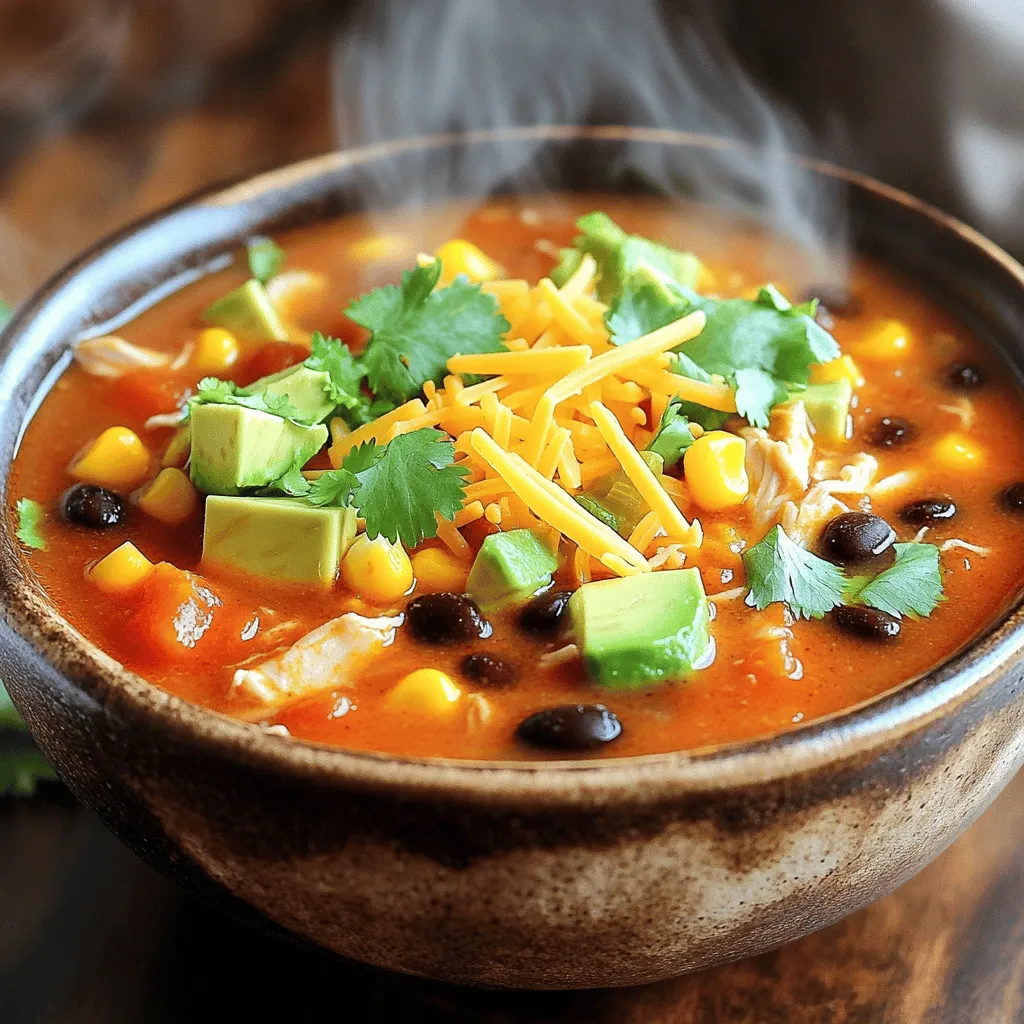
Chicken Enchilada Soup Flavorful Easy Cozy Meal
Looking for a cozy meal that’s both easy to make and full of flavor? You’ve come to the right place! This Chicken Enchilada Soup recipe

Crockpot Lasagna Soup Hearty and Simple Meal Recipe
If you love lasagna but want a simpler way to enjoy it, I’ve got just the recipe for you! This Crockpot Lasagna Soup is both

Cheddar and Herb Soda Bread Flavorful Baking Delight
Are you ready to bake a loaf that’s packed with flavor and easy to make? My Cheddar and Herb Soda Bread is the perfect addition
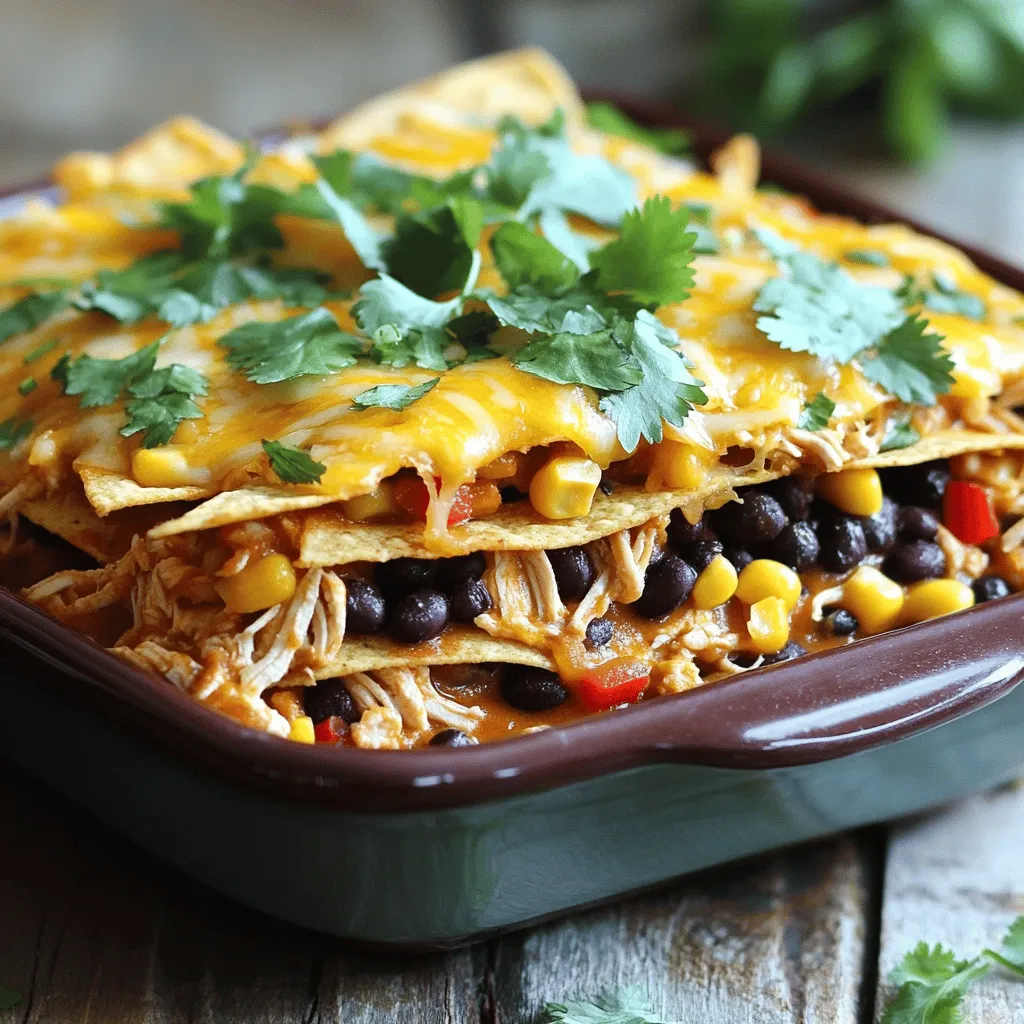
Hearty Crockpot Chicken Enchilada Casserole Delight
Get ready to enjoy a cozy meal with my Hearty Crockpot Chicken Enchilada Casserole Delight. This dish is easy to make and is perfect for
![This dish is warm and filling. You need fresh items and a few pantry staples. The mix of flavors makes every bite a delight. You can find the full recipe below. - 1 medium butternut squash, peeled and cubed - 1 small onion, diced - 2 garlic cloves, minced - 1 cup kale, chopped - Fresh parsley for garnish - 2 tablespoons olive oil - 4 cups vegetable broth - 1 teaspoon dried thyme - 1 teaspoon sage - 1/2 teaspoon nutmeg - Salt and pepper to taste - 1 package (16 oz) potato gnocchi - 1/2 cup heavy cream (optional for creaminess) When selecting your squash, look for a firm skin with a rich color. Fresh kale adds a nice crunch. You can use any vegetable broth for flavor. The gnocchi adds a soft, fluffy texture. Heavy cream is optional but adds a nice richness. Start by preheating your oven to 400°F (200°C). Peel and cube the butternut squash. Toss these cubes in one tablespoon of olive oil. Add a pinch of salt and pepper for flavor. Spread the squash on a baking sheet in a single layer. Roast for 25 to 30 minutes. You want the squash to be tender and slightly caramelized. While the squash roasts, heat the remaining olive oil in a large pot over medium heat. Add the diced onion and sauté for five minutes until it turns translucent. Then, add the minced garlic and cook for one more minute. You’ll smell the garlic becoming fragrant. Next, pour in the vegetable broth. Stir in the roasted butternut squash, dried thyme, sage, nutmeg, and more salt and pepper if needed. Bring this mixture to a simmer and cook for ten minutes. This lets all the flavors meld together. After simmering, blend the soup until smooth. You can use an immersion blender for ease, or blend in batches in a regular blender. If you like a chunkier soup, blend only half. Return the blended soup to a simmer. Add the gnocchi and cook according to package instructions. Usually, this takes about two to three minutes, or until they float to the top. Finally, stir in the chopped kale and heavy cream if you want a creamy touch. Cook for an additional two minutes until the kale is tender. When making savory butternut squash gnocchi soup, the right gnocchi matters. Fresh gnocchi offer a soft bite and rich flavor. You can find them in the refrigerated section of stores. Dried gnocchi work too, but they may need extra cooking time. Always check the package for cooking instructions. Spices bring life to your soup. I love using thyme and sage for a warm taste. Nutmeg adds a sweet touch, perfect for butternut squash. Don’t shy away from adding more seasoning as you taste. A pinch of red pepper flakes can give a nice kick. The consistency of your soup can change how it feels. For a thicker soup, blend all the mixture well. If you prefer it lighter, blend only half and leave some chunks. Adding cream makes it richer, but you can skip it for a lighter version. Always adjust with broth if it’s too thick. For the full recipe, refer to the [Full Recipe]. {{image_2}} To make this soup vegan, skip the heavy cream. You can use coconut milk instead. It adds a nice creaminess and a hint of sweetness. Use vegetable broth and check all labels for hidden animal products. This way, everyone can enjoy the soup. If you need a gluten-free option, choose gluten-free gnocchi. Many brands offer this now. You can also make your own gnocchi using gluten-free flour. It’s easy and a fun activity. Just follow the same steps in the full recipe. Feel free to add more veggies to your soup. Carrots and celery work well. You can also try diced potatoes for extra heartiness. Spinach or chard can replace kale if you prefer. All these options boost flavor and nutrients. Enjoy experimenting with your soup! To keep your butternut squash gnocchi soup fresh, store it in an airtight container. Make sure to let the soup cool down before sealing it. This way, it won’t trap steam and get soggy. It stays good in the fridge for about three to five days. You can also separate the gnocchi from the soup to maintain the right texture. Freezing this soup is easy and a great option for meal prep. Pour the cooled soup into freezer-safe bags or containers. Squeeze out as much air as possible before sealing. Label your containers with the date. This soup can last in the freezer for up to three months. When you’re ready to eat it, thaw it overnight in the fridge. To reheat your soup, you can use either the stovetop or microwave. If using the stovetop, pour the soup into a pot and heat over medium heat, stirring often. This helps it warm evenly. If you use the microwave, place the soup in a microwave-safe bowl and heat it in 1-minute intervals, stirring in between. Make sure it's hot all the way through before serving. Enjoy your delicious meal again! Yes, you can use frozen gnocchi. It saves time and effort. Just add it directly to the soup when it simmers. Frozen gnocchi cooks quickly, usually in 2-3 minutes. Make sure to check the package for specific cooking times. If you want a lighter soup, you can skip the heavy cream. You can use coconut milk for a creamy texture. Another option is to use non-dairy milk, like almond or soy milk. You can also blend some extra butternut squash to add creaminess without dairy. This soup stays fresh for about 3-5 days in the fridge. Store it in an airtight container to keep flavors intact. If you want to keep it longer, consider freezing it instead. Just remember to leave out the gnocchi before freezing, as it can become mushy. For the full recipe, check the earlier sections. This post covers all you need for a hearty gnocchi soup. We looked at key ingredients, from fresh produce to pantry staples. The step-by-step guide helps you roast squash, cook the soup base, and blend everything seamlessly. I shared tips to enhance flavor and ideas for variations, like vegan or gluten-free options. Finally, we discussed how to store leftovers and reheat them. With this recipe, you can enjoy a warm bowl of comfort anytime. Get cooking and enjoy every bite!](https://tossedrecipes.com/wp-content/uploads/2025/08/71274dd0-43f5-4799-8cf3-1ca14888070a.webp)
Savory Butternut Squash Gnocchi Soup Delightful Meal
If you crave a warm, hearty dish that’s both simple and rich in flavor, you’ll love this Savory Butternut Squash Gnocchi Soup. This delightful meal
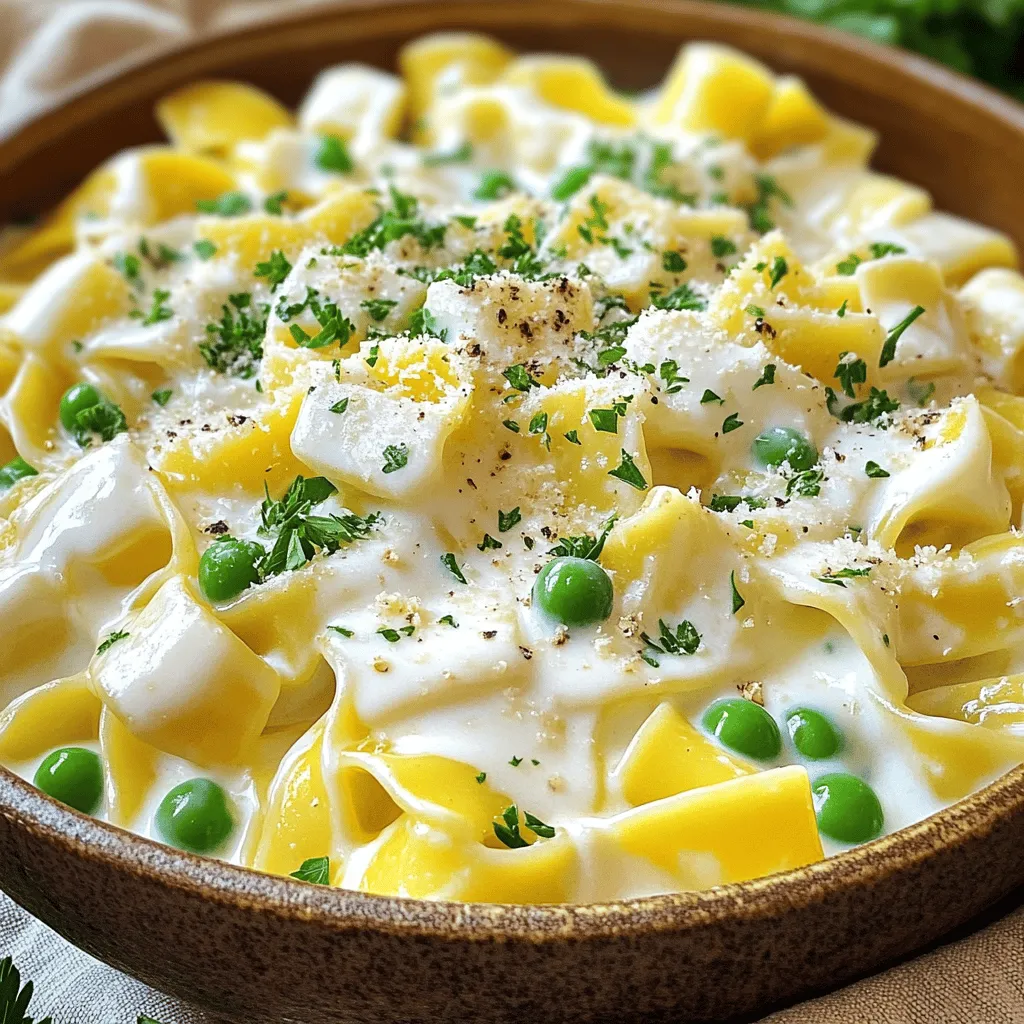
Creamy Cafeteria Noodles Simple and Tasty Dish
If you’re craving a quick and tasty meal, you’ve come to the right place! Creamy Cafeteria Noodles are simple, delicious, and sure to please everyone